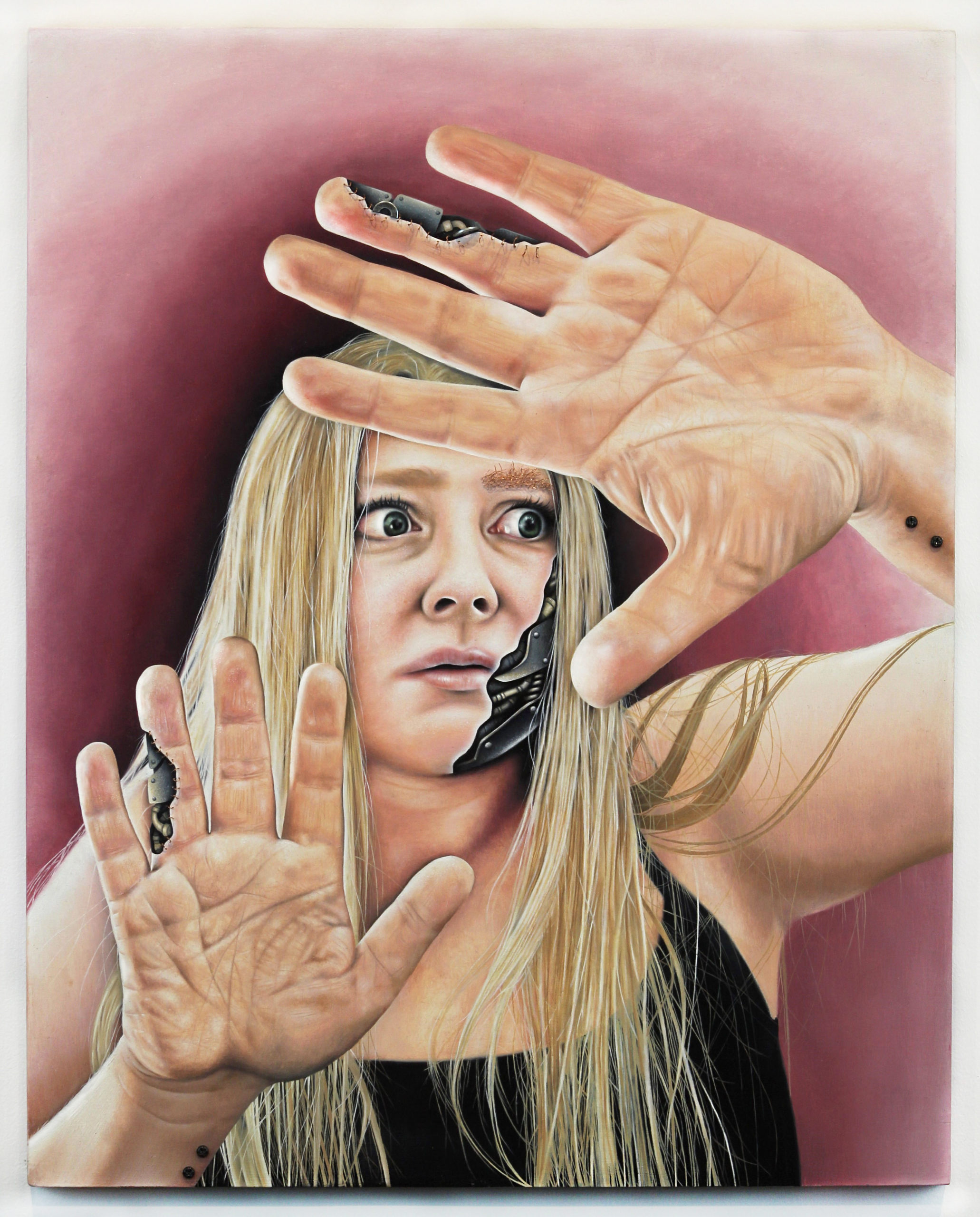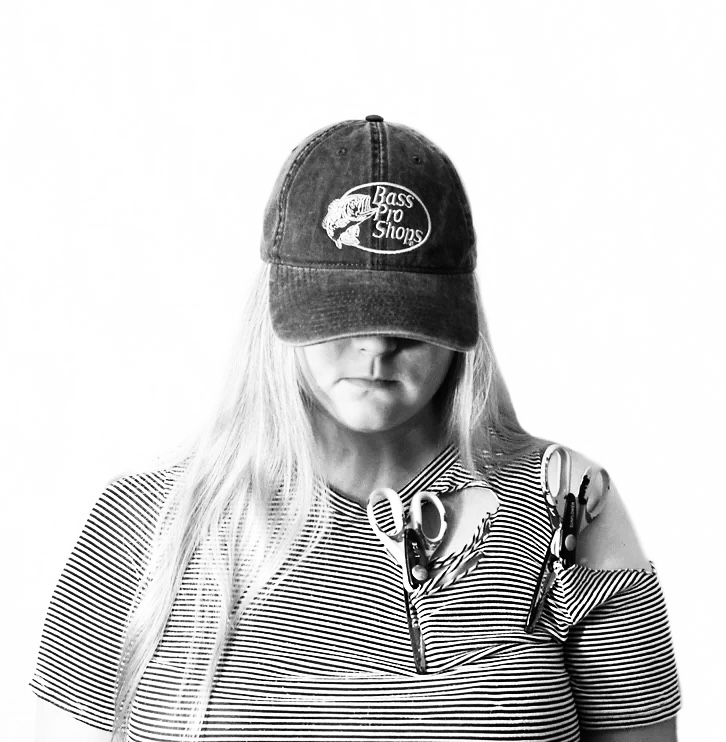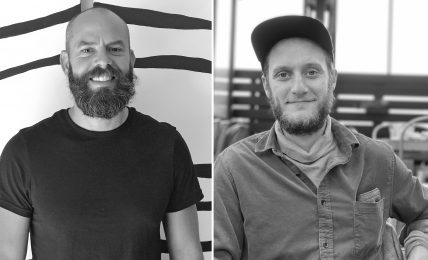Digital America interviewed Lindsay-Ann Chilcott in April 2023 about selections from her collection Cyborg Series.
:::
Digital America: In Cyborg Series, you examine the rise of social media platforms in the twenty-first century and how the coronavirus pandemic accelerated that rise. With the pandemic three years behind us, do you see that reliance on social media has diminished or changed?
Lindsay-Ann Chilcott: I do not believe that our reliance on social media has changed since the pandemic subsided. This consumption will continue, as long as designers invent addicting online platforms. It is crucial to create artwork that encourages audiences to self-reflect, to influence face-to-face connections.
DigA: Cyborg Series proposes that there’s a need for self-awareness and self-belonging, and you pose the question “Who am I when my technological counterparts have been stripped away?” Your piece Self Portrait in Cyborg Series makes me wonder how you answer that question for yourself?
LC: I am still learning who I am without social media at my fingertips. I do not remember a world without it, and it is hard to imagine a world where it does not exist. As an individual with anxiety, social media is a convenient way to avoid face-to-face confrontations. However, it is worrisome how easy it is to get lost on your device for hours on end. It feels as though my cell phone is an extra body part. Before you know it, your life will pass by, and all of your memories will be from a glass screen. I hope that my artwork reminds others and myself to self-reflect and choose our time more wisely.

DigA: In your work, you use “discarded”, “unwanted” and “forgotten” materials, and you try to avoid waste. What does the process of finding these materials and deciding what can and cannot be used look like? How do you decide what these materials will be transformed into once you find them?
LC: The easiest way to acquire materials is through my home. Cardboard and Styrofoam are ideal materials to collect for their versatility, however, I usually keep objects that have an interesting color palette. Oftentimes, I do not know what my next project will be until I see an object that inspires it. I also collect materials around my neighborhood on recycling days. On these days, I usually find larger objects that I can strip down for electrical wires, plastics, and other objects. Overall, I mainly stick to objects that can bend easily for productivity. Waste is an endless resource with boundless possibilities, making it the perfect medium.
DigA: You mention how you want to use your art to encourage conversation surrounding the disregarded habits by emphasizing waste in a professional setting. What artists do you think are doing this well? How has your work inspired conversations in this space?
LC: One artist that inspired this path of upcycling is Brian Jungen; specifically his work, “Shapeshifter”, 2000. I think it is brilliantly ironic to transform an undesired object, into a priceless artwork that audiences want to view for hours. The material is the same in the gallery as it was behind a dumpster. The medium is only rearranged and under nicer lighting. What was once avoided, is now desired. When viewers see my work, they usually see the stripped-down versions of my process. The viewers normally ask how I acquire my electrical wire and other upcycled material, and I explain my gathering process. By 2025, I hope to solely work with upcycled sculpture, to reduce further landfill intake and inspire others to embrace discarded materials for creative purposes.
DigA: Can you tell us a bit about what you’re working on now?
LC: Currently, I am working on a series of food sculptures that focus on the food waste and plastic crisis in Ontario, Canada. I am slowly in the midst of transitioning to an entirely sustainable practice. These works mainly consist of cardboard, Styrofoam, electrical wires, and other plastics. The goal of this work is to encourage the audience to reduce food waste and become more aware of their disposal habits.
:::
Check out Perception: A Curse by Lindsay-Ann Chilcott
:::

Lindsay-Ann Chilcott is an interdisciplinary artist from Niagara Falls, Ontario, focusing on themes of consumerism, activism, and popular culture through upcycled mixed-media. Chilcott holds a Bachelor’s degree in studio art from Brock University, and is currently a screen printer in Niagara Falls, Canada; however, she also has experience as a curatorial and teaching assistant. As she continues to showcase her work in solo and group exhibitions internationally, Chilcott aims to work with solely sustainable materials by 2025, to help reduce Niagara Regions landfill intake.


